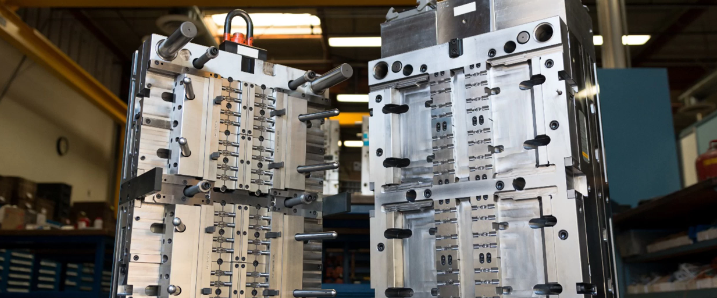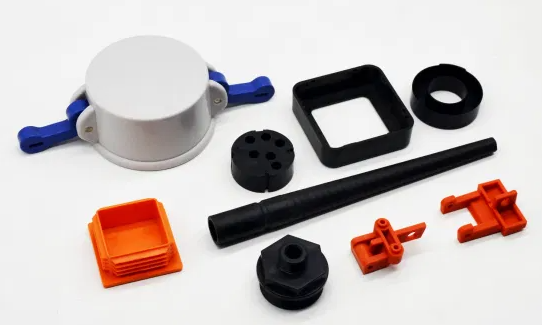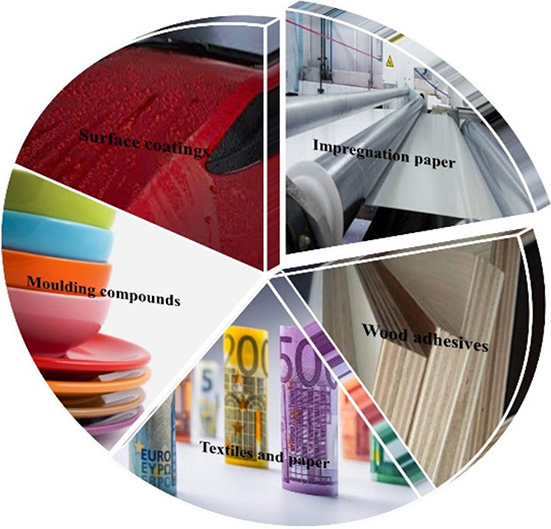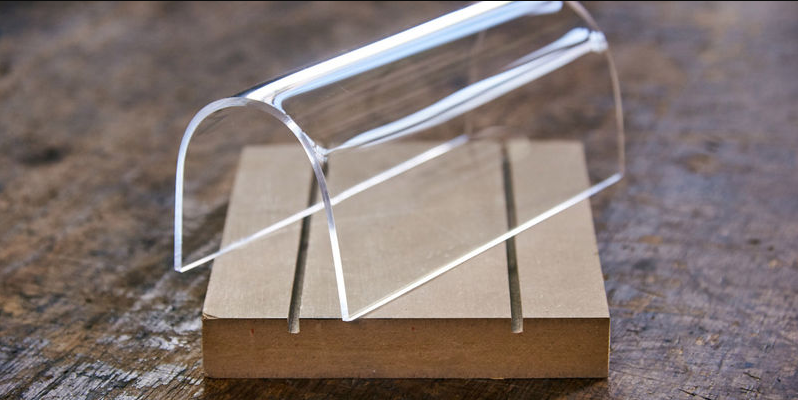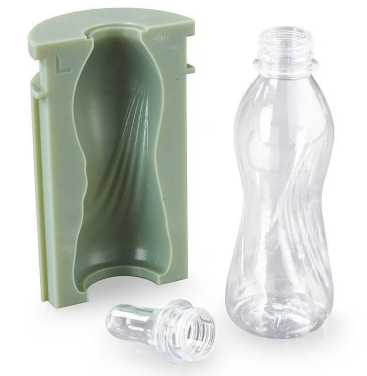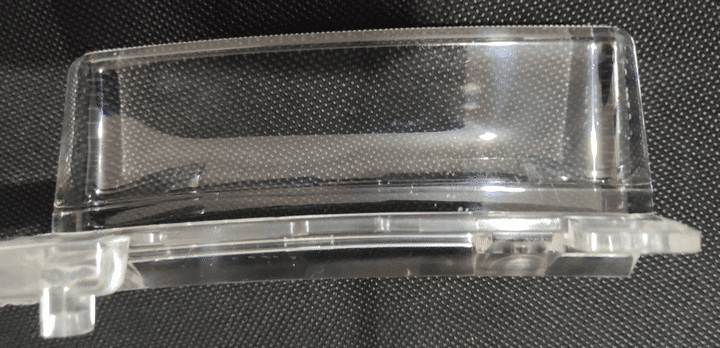Nylon and PVC (polyvinyl chloride) have significantly different material properties and processing requirements, making it challenging to use the same…
Blogs
Yes, neoprene can be injection molded. Neoprene, also known as polychloroprene, is a synthetic rubber with a wide range of…
Yes, melamine formaldehyde (MF) can be injection molded, but the process differs from typical thermoplastic injection molding due to its…
Yes, injection molding can be used with metals in a process known as Metal Injection Molding (MIM). This technology combines…
Injection molding is generally not used for the fabrication of chassis, especially for automotive or heavy-duty applications. Chassis are typically…
Yes, injection molded nylon can be heated and bent, a process commonly referred to as thermoforming or post-molding rework. Nylon,…
Yes, it is possible to make an hourglass-shaped bottle using injection molding, but it involves some specific considerations and potentially…
Yes, butyl rubber can be injection molded, though it requires specific considerations due to its unique properties. Butyl rubber, known…
Yes, EPDM (Ethylene Propylene Diene Monomer) can be injection molded. EPDM is a versatile synthetic rubber known for its excellent…
Yes, polycarbonate (PC) can be injection molded. Polycarbonate is a high-performance thermoplastic known for its excellent mechanical properties, transparency, and…


